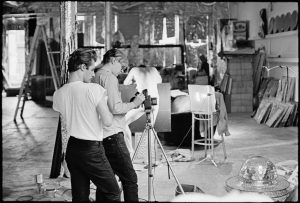Eli Durst probes American fantasies of happiness, self-improvement and individuality through striking staged scenarios
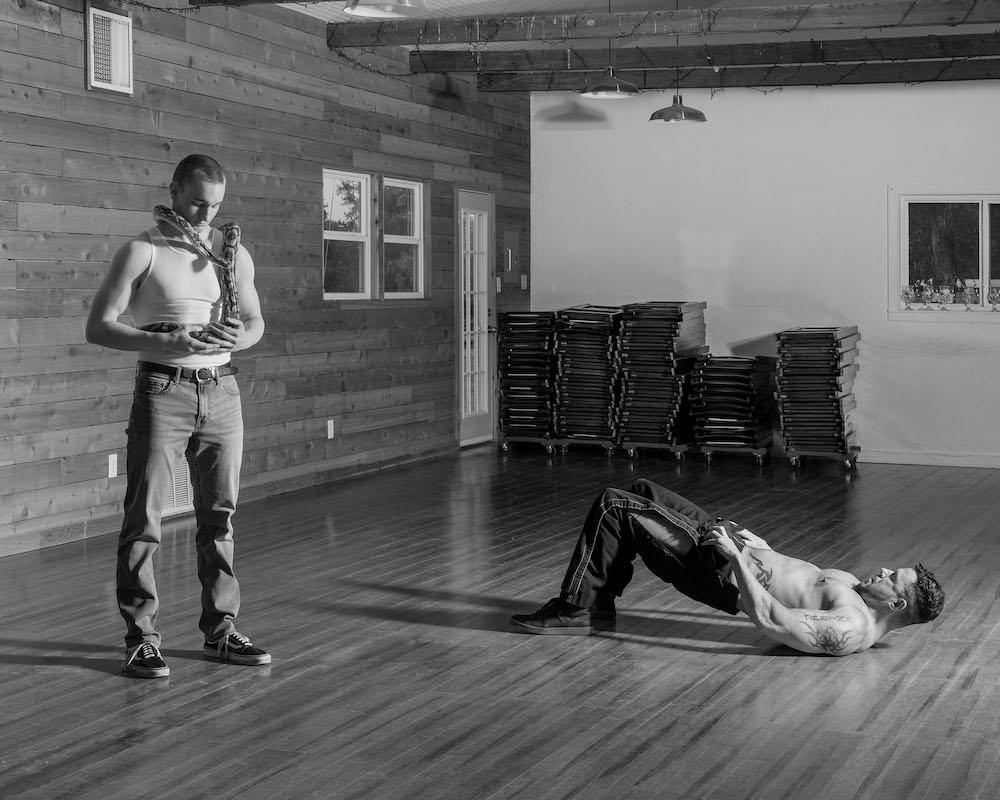
Whilst in grad school, photographer Eli Durst discovered a faith-based self-help group through Facebook that met weekly in church basements. In spite of their comparatively comfortable lives, the middle-class suburbanites carried a listless ennui, and were committed to untangling the superficial markers of success and happiness embedded within through spiritual and secular strategies. Over several years Durst shot the group through a number of staged scenarios, reflecting its “self-critical base structure.” The fascinating result of this intimate and lengthy relationship has just been published through Loose Joints. Stark monochrome images of team bonding exercises, pregnancy groups, school gyms, amateur theatre and county fairs sit alongside mundane yet absurd family portraits – gesture and objects loaded with symbolic meaning.
Port caught up with Durst to discuss the project, American fantasies, and how his proximity to the group bred new meaning to the work.

I recently interviewed the graphic novelist Nick Drnaso about his book Acting Class and was interested by the parallels and similar themes your work touches on. He stated that it was born from responding to “a kind of spiritual bankruptcy and directionless search for meaning” in contemporary America. Why were you drawn to this subject area?
That’s very cool, I loved Sabrina. To answer your question, I think I’ve always been drawn to this subject matter, specifically the search for meaning and deeper truths in spaces that seem so ordinary, so new, so allergic to historical legacy. Buildings aren’t meant to last, just torn down and rebuilt slightly differently.
From a photographic point of view, I’m also drawn to the challenge of using a medium that simply describes the surface of things to talk about internal struggles and pursuits.
How did your relationship with the self-help group come about, and how has it grown or changed over time?
I actually found them on Facebook when I was in grad school and trying to photograph activities that happened in church basements. The relationship definitely deepened over time as they became more comfortable with me. I think – and hope – that my images became more sympathetic or empathetic over time.
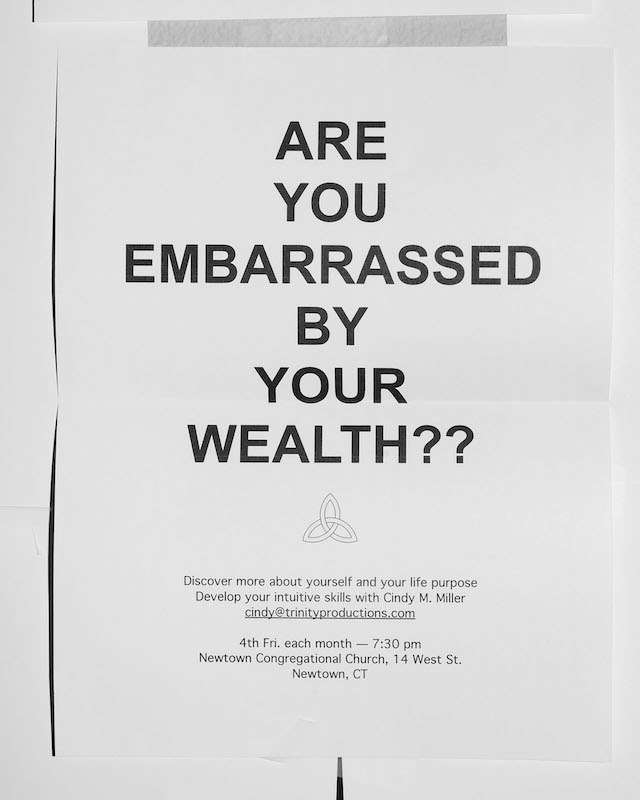
Do you think the US has a distinct and particularly American idea of self-improvement, success and individuality, and if so, what do you think shapes it? How does it manifest? What are its consequences?
To be honest, I don’t know enough about the genre of self-help around the world to really answer that question but it is definitely an inescapable part of American life. It is a multi-billion dollar industry. I think it resonates with so many Americans because it dovetails with certain fantasies that America has about itself, namely that you can achieve material wealth no matter your lot in life and this wealth will make you happier.
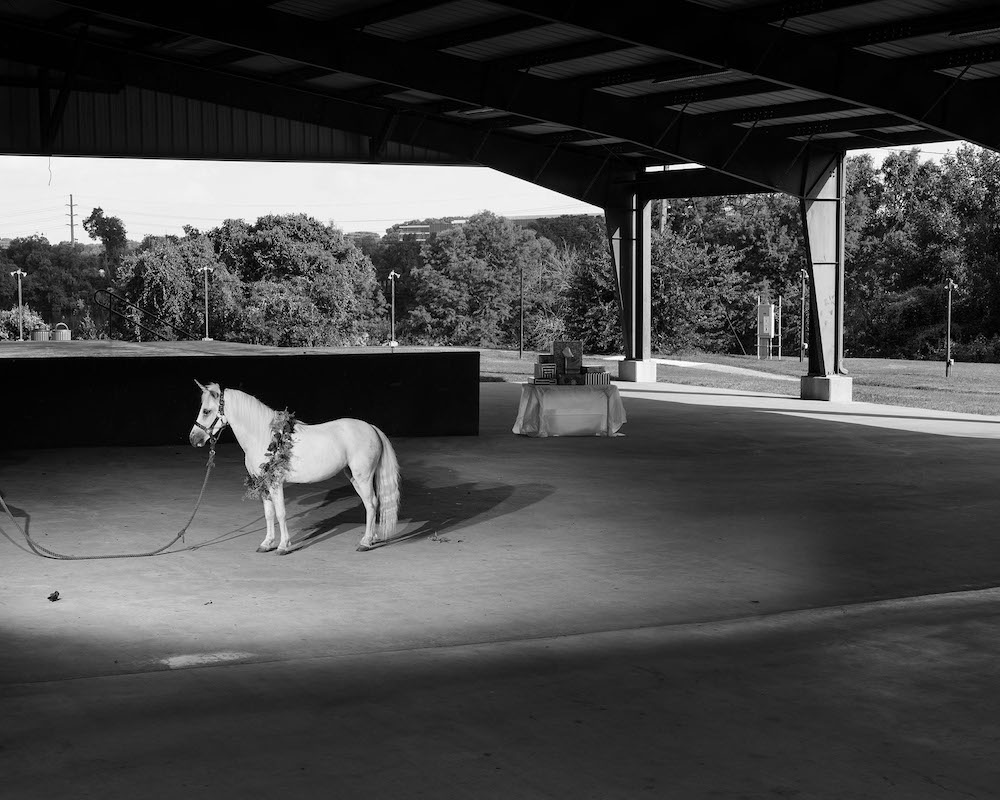
How did your own belief system – secular or faith-based – inform your approach to this project?
I grew up Jewish, but like a lot of American Jews, basically secular. When I started photographing in church basements, I think I was drawn to this category of space because, despite its ubiquity and mundanity, it felt loaded and like a space I wasn’t privy to. I definitely came in with a healthy dose of scepticism, it’s easy to be dismissive or ironic when dealing with questions of faith or belief. I hope the photographs avoid easy or reductive critique and instead offer up mysterious, open-ended narratives about the pursuit of meaning.
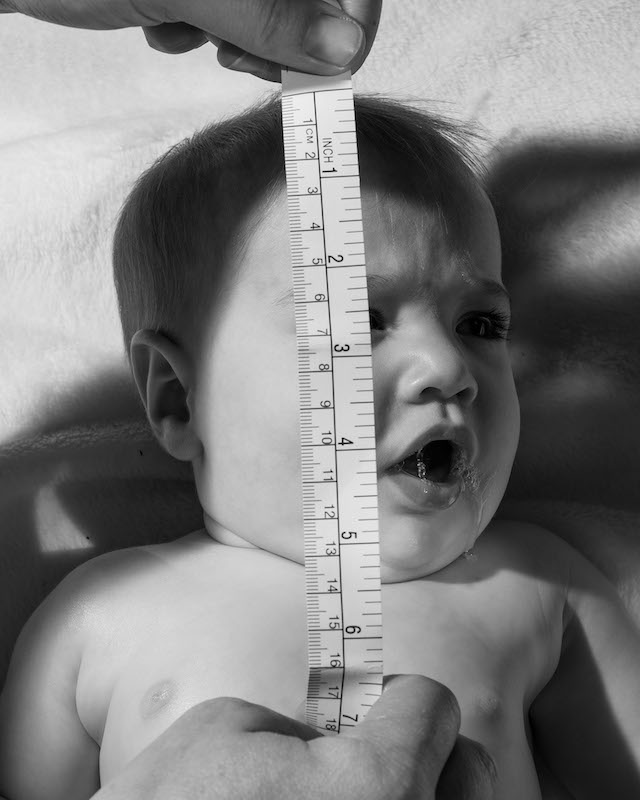
Why did you opt for monochrome?
I really like how temporally ambiguous the images become in monochrome. I also like how it creates separation or distance from the real world – like the world of the images resembles ours but is just slightly different in ways that defamiliarise the activities depicted.
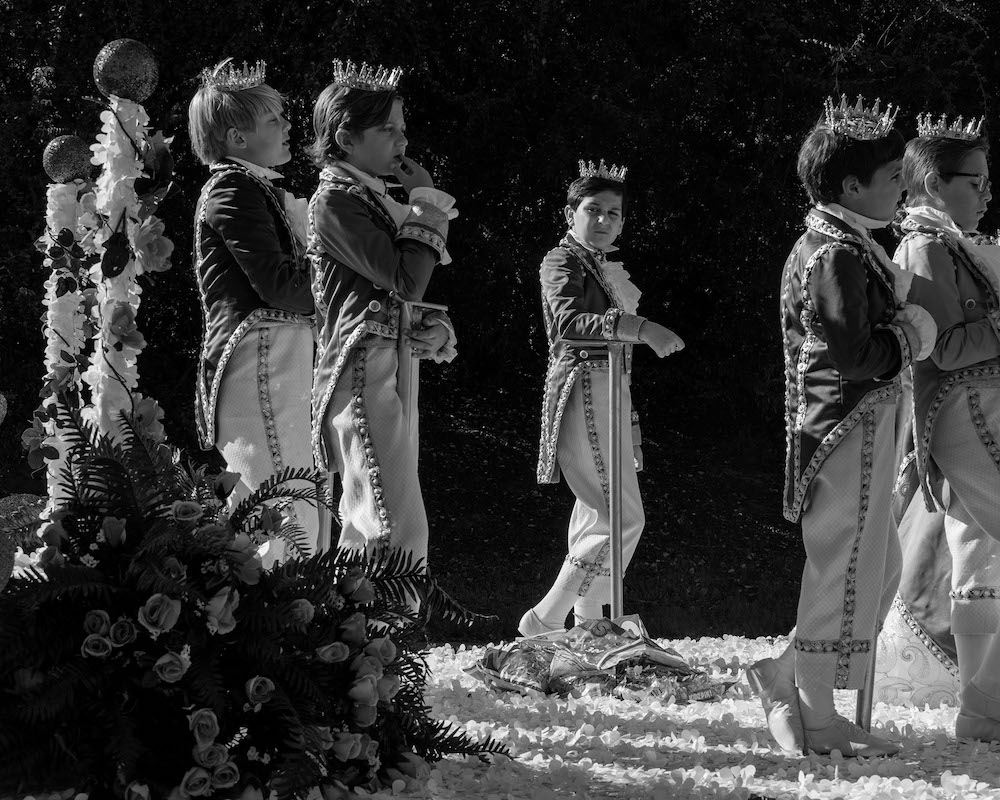
Did any of the staged scenarios surprise or move you in an unexpected way?
Yes! One example: I was moved by how members of the self-help group would openly weep in front of each other. Sticking a camera into someone’s face while they’re being so vulnerable is obviously problematic. So for one image, I hired actors to cry on command together. It was completely staged but it actually became a deeply emotional experience.
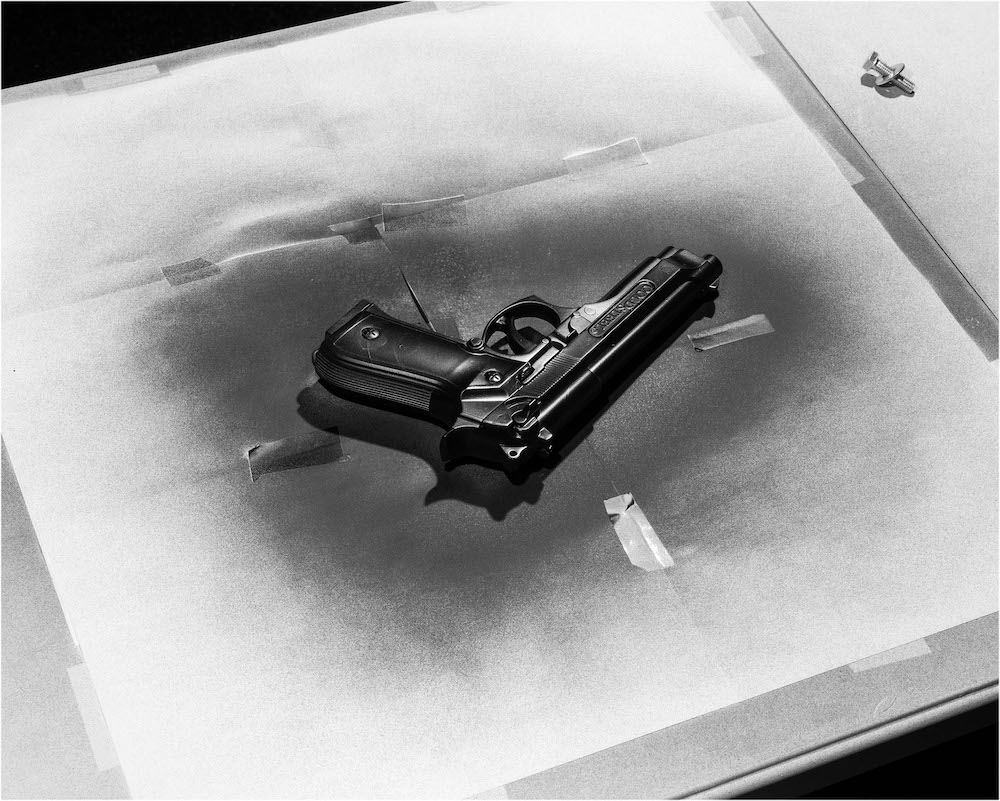
I enjoyed Rick Moody’s piece (he’s a senior editor at Port) – why did you want this prose within the book, and how do you think it compliments your images?
I love Rick’s writing and have wanted to work with him since taking a “writing for artists” class he taught while I was in grad school. Rick’s piece was written in response to the images but is not about the project in a literal sense and it is not simply an explanatory text. It is truly a compliment to the photographs, his own take on the world of the photographs.
In his piece, there’s a line I love: “Sometimes music is a form that can describe a thing that a strictly verbal account cannot describe. Sometimes music is the disclosure, in the melody, in the organ part, making the impossible peek out from behind the possible, making the unlikely a thing that the human emotions can account for even when a rational narrative cannot, if by rational we mean what’s in the newspapers.”
I feel the same way about visual art and photography.
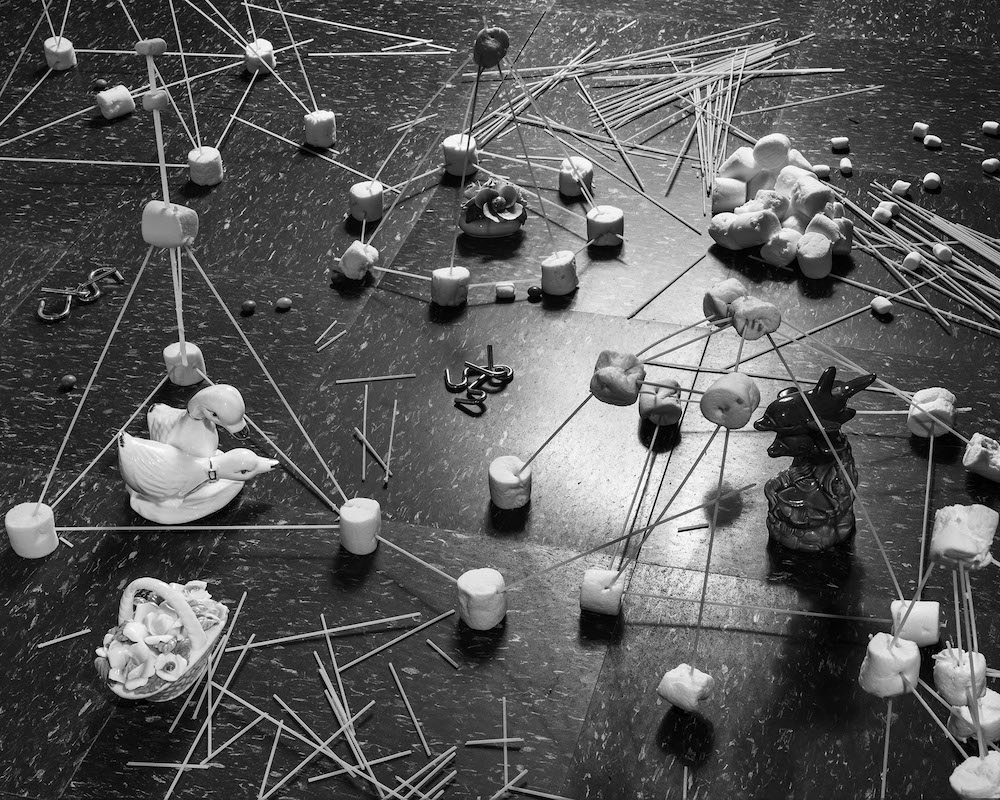
Did you maintain a distance as an individual (the artist investigating) whilst documenting the group, or did you find yourself subsumed into it at times, given the extended period of time you were working? Essentially, what was the tension or balance between you and your subjects?
I don’t think I maintained much distance. I think the more I got to know the members of the group and the more they got to know me, the more interesting the work became.
Have you shared the images with the group? If so, how did they respond?
I have. I was actually really nervous about this but they proved to be extremely encouraging and seemed to genuinely like the images. Also, I always provide jpegs to any group or community that I photograph that they can use for promotion or marketing or just as an archive. That way, hopefully, they also get something tangible out of the experience.
The Four Pillars by Eli Durst is published by Loose Joints
